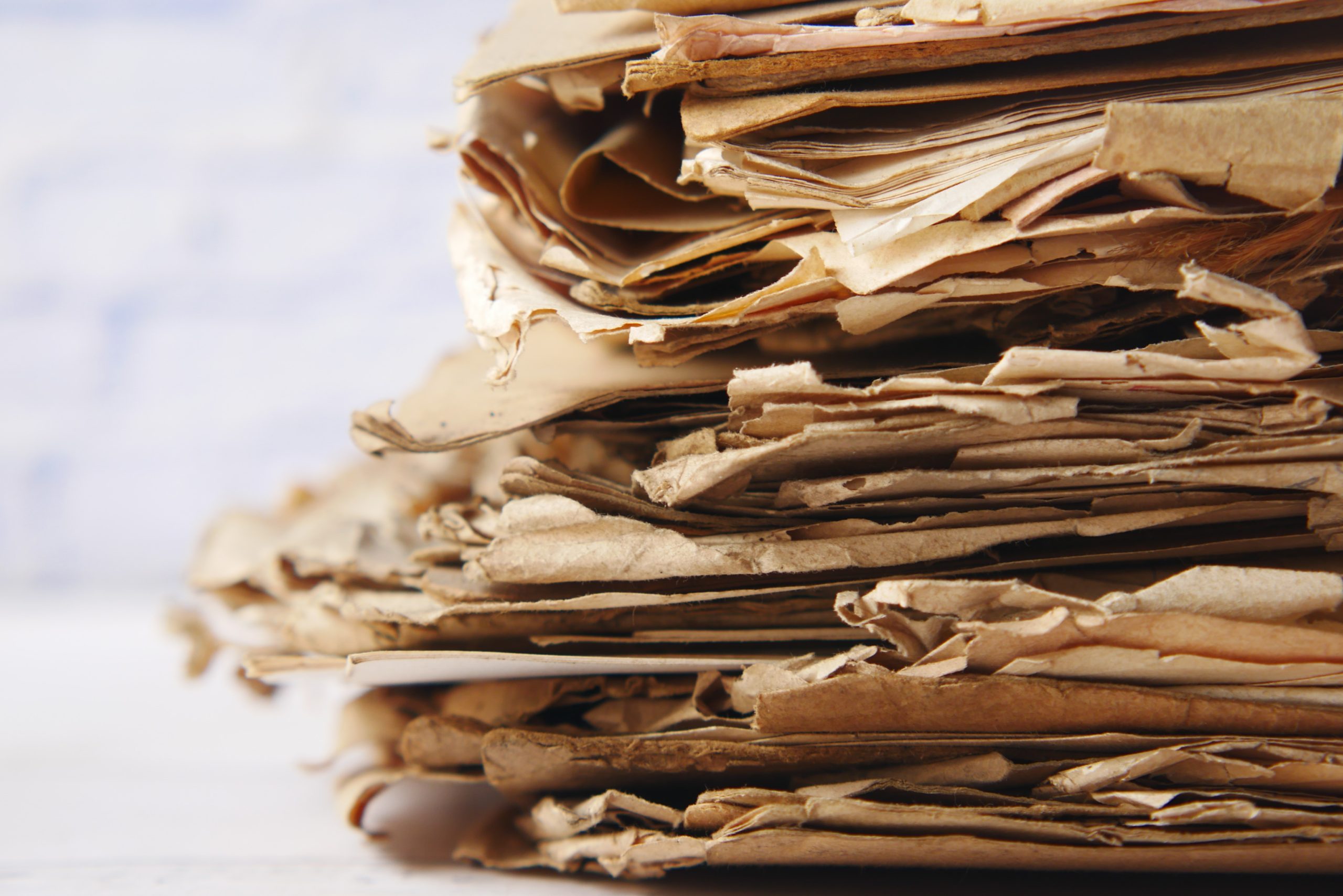If you’re anything like me, you recently found yourself basking in the glow of a beautiful holiday season. With a smile on your face you looked around a sitting room at your family members, felt the pleasant warmth of a full belly, watched exuberant children play with a new toy, and noticed a slight sense of panic due to the stacks of cardboard boxes littered around the room.
This feeling of cardboard overwhelm would only increase once it came time to take out the recycling. Your bin, like mine, will undoubtedly be full. So maybe you’ll find yourself sneaking down the street at midnight, hoping you can find space in a neighbor’s recycling bin, knowing the entire time that every single bin will be just as full as your own…
This will launch a weeks-long process in which you frantically search for recycling bin space and fight the rising tide of every-day recyclables that are building up behind your holiday cardboard log jam.
If this feels familiar, that’s because we all live in a world powered by single-use cardboard.
And if you feel bad about it, it’s not just you gnashing your teeth at all the waste you’re witnessing.
The question is, how can any person or any company be part of the solution when we live in a world where every day in the retail supply chain looks and feels like your living room does on Christmas morning?
Breaking down cardboard
Understanding the scope and scale of cardboard manufacturing:
- American factories generated more than 400 billion square feet of cardboard in 2020
- The global production of cardboard was estimated to be 66 million tons in 2020
- Cardboard output is forecasted to increase to more than 72 million tons by 2022 (25% increase)
- By 2025, the international market for corrugated packaging will be over $205 billion
- Amazon shipped an estimated 7.7 billion packages in 2021 (however, not all of these were in cardboard boxes)
- Cardboard packaging can be recycled and made into new packaging up to 7 times (which really isn’t that many)
If global cardboard consumption continues at this rate, we’ll have a real problem…
Cardboard kills, somewhat literally
The problem with single-use cardboard is that from the beginning of its life to the end of its life, there’s no real solution to make it truly sustainable.
Instead, we’re cutting down forests and using billions of gallons of water to produce it. Then, we recycle it assuming it actually does get recycled. Yet much of this single-use cardboard that powers the retail supply chain ends up in a landfill, while new cardboard is created destroying not only forests, but the entire surrounding habitat that nurtures our wildlife.
Think of it like this, a tree in the ground fights global warming by absorbing carbon dioxide. Cardboard in a landfill, which is where all cardboard eventually ends up, releases methane, one of the most harmful greenhouse gasses. The question is, do we want trees to be growing and storing carbon, or do we want to continue contributing to the global explosion in the use of corrugated cardboard packaging?
You know that disheartening feeling of cardboard overwhelm that you had on Christmas? Take it and multiply it by 365 days and 300 million people’s needs to begin understanding the daily reality at retail locations and distribution centers.
Is there a solution to this problem?
Since we’re all in this together, we should all start looking for solutions together.
That’s why LimeLoop is dedicated to quitting cardboard.
LimeLoop helps brands transition to reusable packaging from single-use cardboard in their supply chain from first mile, middle mile to last mile.
The future is bright in the reusable space and there is a world where you can save money and increase efficiency by switching away from single-use cardboard packaging.
If you are interested in learning more about the benefits of quitting cardboard, start with your free Sustainable Packaging Evaluation.
